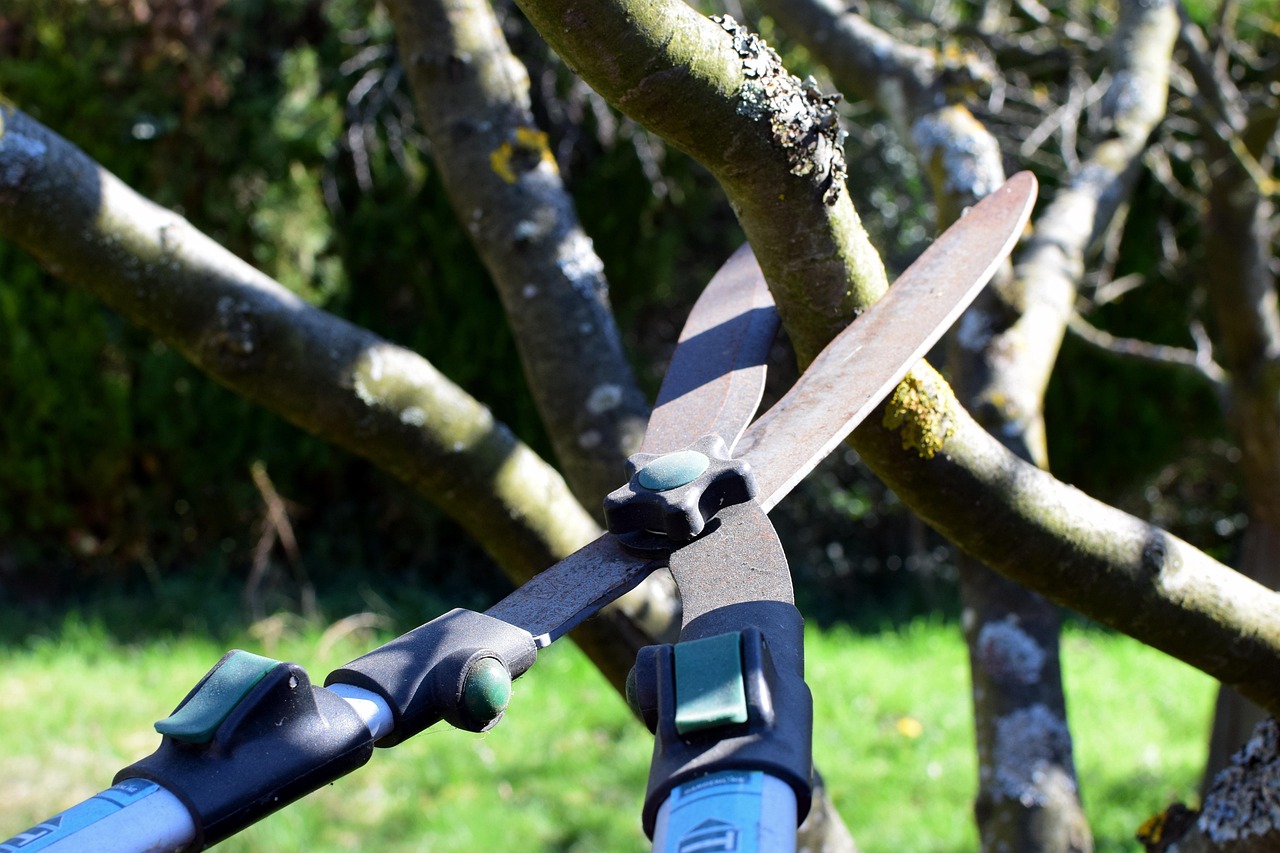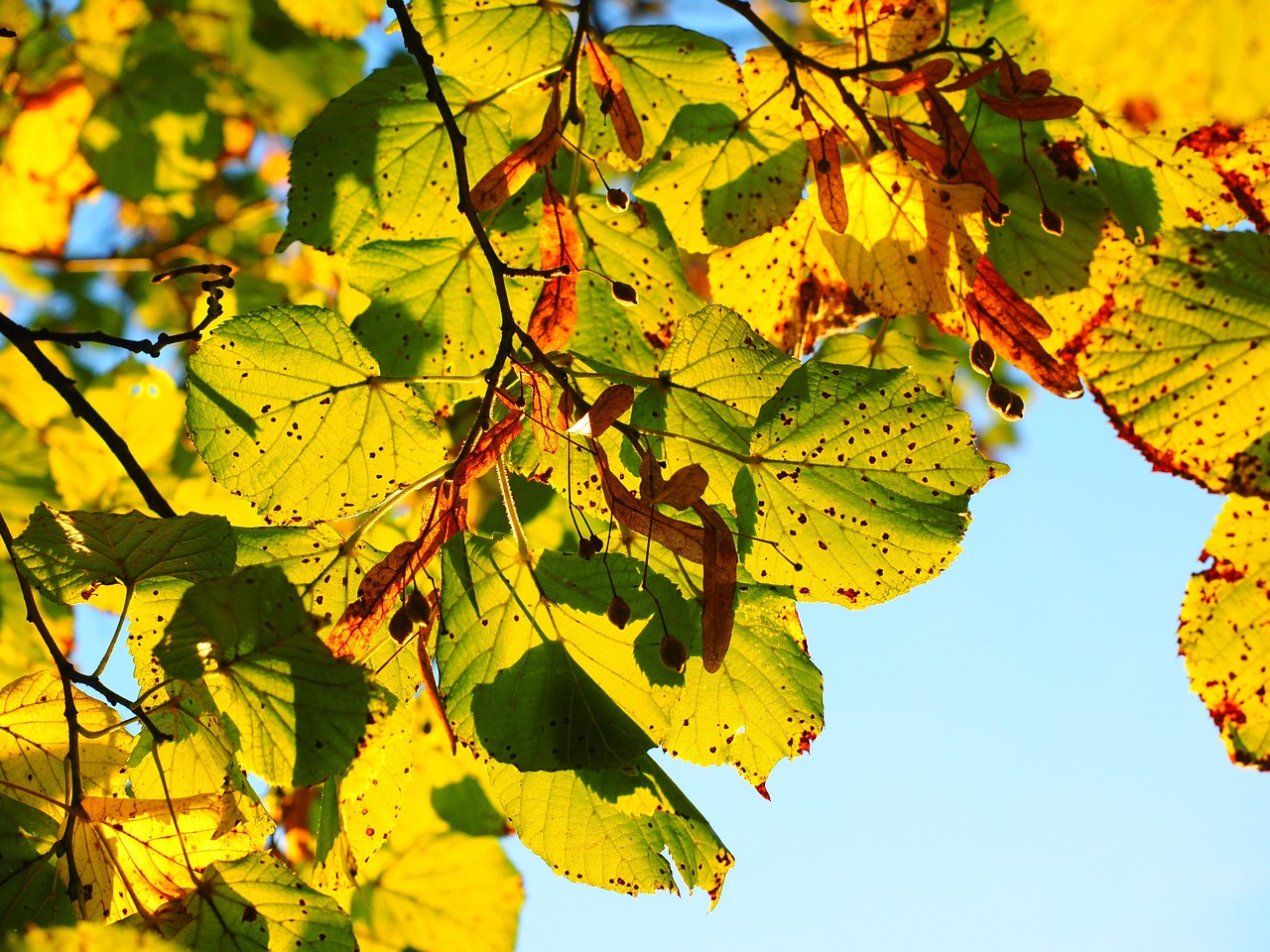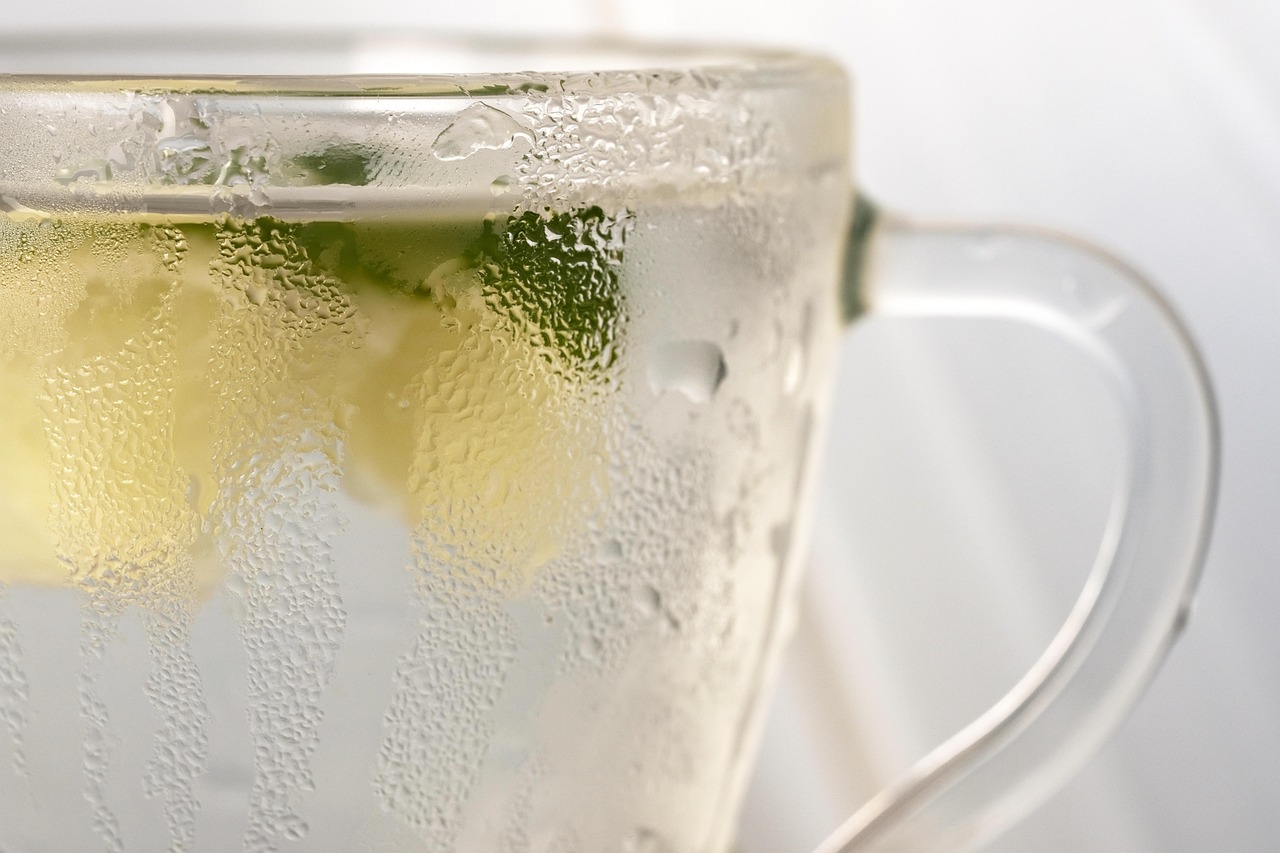Proper pruning is vital for maintaining healthy, productive lime trees in your home garden. Prune during late winter or early spring using the right tools and techniques such as thinning and shaping. Consistent care promotes better growth, increased fruit yield, and disease prevention, ensuring your lime trees thrive year-round.
Lime trees are a popular choice for home citrus gardens due to their fragrant flowers and delicious fruit. These trees thrive in warm climates and can be grown in the ground or in pots. Proper care, including regular pruning, is crucial to ensure that your lime tree remains healthy and productive. By following specific pruning techniques, you can encourage strong growth, improve fruit quality, and enhance the overall appearance of your tree.

Before diving into pruning techniques, it is important to understand the characteristics of lime trees. They typically have a bushy growth habit and can reach heights of 10 to 15 feet if left unpruned. Regular pruning not only helps manage their size but also allows for better light penetration and airflow within the canopy. This can reduce the risk of disease and promote a more fruitful harvest.
Understanding Lime Tree Growth
Lime trees grow in a distinctive manner, which influences how and when they should be pruned. Here are some key growth characteristics:
- Growth Habit: Lime trees tend to grow dense foliage that can become overcrowded.
- Flowering and Fruiting: These trees typically flower and bear fruit throughout the year, with peak production occurring in warmer months.
- Branch Structure: Lime trees develop a mix of upright and horizontal branches, necessitating careful pruning for balance.
Understanding these growth patterns will help you identify which branches need attention during the pruning process. A well-pruned lime tree not only looks better but also produces healthier fruit.

Pro-Tips and Common Mistakes I’ve Learned to Avoid
- When I first started pruning, I thought more cuts meant better airflow—but I learned that over-pruning can stress the tree. I now prune only what’s necessary to maintain shape and remove diseased or crowded branches.
- At first, I waited until late spring to prune, but I found that doing it during late winter or early spring—before the new growth begins—results in faster recovery and improved fruit production.
- I used dull shears early on, which caused tearing of branches. Investing in sharp, quality pruning tools has made clean cuts that heal faster and reduce disease risk.
- Initially, I was cautious about removing too many branches, fearing I would stunt growth. I learned that strategic thinning actually promotes better airflow, light penetration, and fruit quality.
- When I first pruned my trees, I didn’t pay attention to branch structure. Now, I ensure a balanced cut to maintain an even shape and prevent the tree from becoming top-heavy.
- I overlooked horticultural hygiene and didn’t disinfect my tools after each cut. Now, I always sterilize my pruning tools to prevent spreading diseases between branches.
- In the beginning, I didn’t consider the seasonality of pests and diseases, which led to unexpected infestations. Regular inspections and timely treatments have helped me keep pests under control.
- Earlier, I would skip fertilizing after pruning, thinking the tree would recover on its own. Now, I apply a balanced citrus fertilizer post-pruning to support healthy regrowth.
- I used to water my lime trees inconsistently, which stressed them. I learned to maintain even moisture, especially after pruning, to encourage fast healing and vigorous growth.
- Finally, I neglected to consider seasonal care. Now, I adjust watering, fertilizing, and protection strategies based on the time of year to keep my lime trees thriving year-round.
When to Prune Lime Trees
The timing of pruning is critical for lime trees. Pruning during the wrong season can lead to reduced fruit production and stress on the tree. For lime trees, the best time to prune is during late winter or early spring. This timing allows the tree to recover before the growing season begins. Here are some additional points to consider regarding timing:
- Late Winter: Pruning just before new growth starts encourages vigorous spring growth.
- Avoid Late Frosts: Be cautious of late frosts that may impact fresh cuts.
- Monitor Growth: Observe your tree’s growth patterns to determine the best timing based on its specific conditions.
Tools Required for Pruning
Having the right tools makes all the difference when it comes to effective pruning. Here are some essential tools you should gather:
| Tool | Description |
|---|---|
| Pruning Shears | Ideal for cutting small branches and shaping foliage. |
| Loppers | Used for thicker branches that are too large for shears. |
| Saw | A handsaw or pruning saw is necessary for larger limbs. |
| Gloves | Protect your hands from thorns and cuts. |
With these tools in hand, you are ready to start pruning your lime tree effectively. Proper technique will not only ensure that your tree remains healthy but also that it produces abundant fruit throughout the growing season.

Pruning Techniques
Now that you know when to prune and what tools to use, it’s time to discuss specific pruning techniques. These techniques will help you maintain your lime tree’s shape and health:
- Thinning: Remove crowded branches to improve air circulation and light penetration.
- Shaping: Trim back long or wayward branches to encourage a balanced shape.
- Deadheading: Remove dead or diseased branches as soon as they are noticed.
- Shortening: Cut back overly long branches to promote new growth.
By applying these techniques during your pruning sessions, you will create a more open and healthy structure for your lime tree. Remember that each cut should be deliberate and thoughtful to avoid unnecessary damage to the tree.
In summary, regular pruning is vital for healthy lime trees. Knowing when to prune, having the right tools, and employing effective techniques will help you maintain a flourishing home citrus garden. As you progress through the pruning process, observe how your tree responds to your efforts. This ongoing evaluation will guide you in making adjustments for future seasons.

Understanding Lime Tree Diseases and Pests
Along with proper pruning techniques, being aware of potential diseases and pests is crucial for maintaining the health of your lime tree. Lime trees can be susceptible to a variety of issues that may affect their growth and fruit production. Here are some common diseases and pests to watch for:
Common Diseases
- Greening Disease (Huanglongbing): A bacterial disease that causes yellowing of leaves and stunted growth. It is often spread by insects.
- Powdery Mildew: A fungal disease that appears as white powdery spots on leaves. It can hinder photosynthesis, affecting tree health.
- Root Rot: Caused by overwatering or poor drainage, this disease leads to the deterioration of roots. Symptoms include wilting and yellowing leaves.
- Citrus Canker: A bacterial infection that creates lesions on leaves and fruit, leading to premature drop and reduced quality.
Pests to Monitor
In addition to diseases, lime trees can attract various pests. Here are some common pests that you should keep an eye on:
- Aphids: Small insects that suck sap from the leaves, causing curling and yellowing.
- Spider Mites: These tiny pests thrive in dry conditions and can cause stippling on leaves.
- Scale Insects: These pests appear as small bumps on branches and leaves. They can weaken the tree by sucking sap.
- Citrus Leafminer: This pest creates tunnels in the leaves, affecting their ability to photosynthesize.
Regularly inspecting your lime tree for signs of disease or pest infestation is essential. Early detection allows for timely intervention, which can save your tree from significant damage.
Pruning for Pest Control
Pruning can also play a vital role in managing pests. By keeping your lime tree well-pruned, you can reduce the likelihood of pest infestations and diseases. Here are some ways in which pruning contributes to pest control:
- Improved Airflow: Thinning out dense foliage allows for better air circulation, reducing humidity and discouraging fungal diseases.
- Easier Monitoring: A well-maintained tree makes it easier to spot pests early, allowing for prompt treatment.
- Reduced Habitat: Pruning can eliminate areas where pests might hide or breed, minimizing their populations.
How to Identify and Treat Common Lime Tree Problems
If you notice any issues with your lime tree, identifying the problem quickly is key. Here are some common symptoms and treatment options:
| Symptom | Possible Cause | Treatment |
|---|---|---|
| Yellowing Leaves | Nutrient deficiency or overwatering | Assess watering habits; consider fertilizing with a balanced citrus fertilizer. |
| Curling Leaves | Aphid infestation or environmental stress | Inspect for pests; use insecticidal soap if necessary. |
| Wilting | Root rot or drought stress | Check soil moisture; improve drainage if needed. |
| Black Sooty Mold | Aphid or scale insect presence | Treat the underlying pest issue; wash leaves with soapy water. |
Being proactive about monitoring your lime tree will help you manage issues before they become severe. Adopting an integrated pest management approach can also help keep your tree healthy while minimizing chemical use.
The Importance of Fertilization Post-Pruning
After pruning your lime tree, it is essential to consider its nutritional needs. Pruning can stress the tree, and providing adequate nutrients will support recovery and new growth. Here are some key points regarding fertilization:
- Type of Fertilizer: Use a balanced fertilizer formulated for citrus trees. Look for one that contains nitrogen, phosphorus, and potassium.
- Timing: Fertilize in early spring after pruning to provide nutrients during the growing season.
- Application Method: Spread the fertilizer evenly around the base of the tree, avoiding direct contact with the trunk. Water thoroughly after application.
Adequate fertilization will help your lime tree bounce back after pruning, promoting vigorous growth and fruit production as the growing season progresses.
Watering Practices After Pruning
Watering practices are equally important following a pruning session. Proper watering will help your lime tree recover and thrive. Here are some tips to keep in mind:
- Adequate Moisture: Ensure that the soil remains consistently moist but not waterlogged. This balance is crucial for root health.
- Avoid Overwatering: Overwatering can lead to root rot, especially in pruned trees that may be more sensitive.
- Adjust According to Weather: Increase watering during hot weather or dry spells to prevent stress on the tree.
Following these watering tips will help your lime tree recover from pruning while ensuring it remains healthy throughout the growing season.
Seasonal Care for Lime Trees
After pruning and establishing proper watering and fertilization practices, it is essential to consider the seasonal care of your lime tree. Each season offers unique challenges and opportunities for growth. Understanding how to care for your lime tree throughout the year will promote its health and productivity.
Spring Care
Spring marks a time of new growth and flowering for lime trees. As the weather warms, your tree will start to awaken from its dormant state. Here are some key considerations for spring care:
- Monitor New Growth: Keep an eye on emerging leaves and shoots. Healthy growth indicates that your tree is recovering well from pruning.
- Continue Fertilization: Apply a balanced fertilizer if you haven’t done so already. This supports vigorous growth during the active growing season.
- Pest Control: Be vigilant about checking for pests, as warmer temperatures can lead to increased insect activity. Regular inspections can help catch infestations early.
Summer Care
During the summer, lime trees require extra attention due to heat and potential drought. Here’s how to optimize care during this season:
- Watering Schedule: Increase watering frequency to keep the soil consistently moist. Mulching around the base can help retain moisture.
- Shade Provision: If temperatures soar, consider providing some shade during the hottest parts of the day to prevent heat stress.
- Thinning Fruits: If your tree produces an abundant crop, thinning out excess fruit can improve the quality of the remaining limes and reduce stress on the tree.
Fall Care
As summer transitions into fall, your lime tree will begin to prepare for dormancy. Fall care focuses on protecting the tree as temperatures drop:
- Final Pruning: Conduct any necessary corrective pruning before winter sets in. Remove any dead or diseased branches.
- Last Fertilization: Apply a slow-release fertilizer in early fall to ensure the tree has nutrients stored for winter.
- Water Management: Reduce watering frequency as temperatures cool. Ensure the soil does not become waterlogged as the tree enters dormancy.
Winter Care
Winter is a crucial time for lime trees. While they are dormant, special care is needed to protect them from cold damage:
- Temperature Protection: If you live in a region prone to frost, consider covering your lime tree with frost cloth or bringing potted trees indoors during extreme cold snaps.
- Avoid Heavy Pruning: Winter is not an ideal time for significant pruning. Limit pruning to removing any damaged branches only.
- Inspect for Pests: Winter pests can still be a concern. Regularly check for signs of infestations, especially if your tree is indoors.
Propagation Techniques for Lime Trees
If you are interested in expanding your lime garden, propagating lime trees can be a rewarding endeavor. There are several methods to propagate lime trees effectively:
Seed Propagation
Growing lime trees from seeds is a common method. Here’s how to do it:
- Select Quality Seeds: Choose seeds from healthy, ripe limes. Wash them thoroughly to remove any pulp.
- Sow Seeds: Plant seeds in a well-draining potting mix about half an inch deep.
- Water and Cover: Water gently and cover with plastic wrap to maintain humidity until germination occurs.
- Transplanting: Once seedlings develop several leaves, transplant them into larger pots or directly into the ground when conditions are favorable.
Cutting Propagation
Cutting propagation is another popular method for creating new lime trees. This method allows you to clone an existing tree:
- Select Healthy Cuttings: Choose semi-hardwood cuttings that are about 6 inches long with several leaves.
- Prepare Cuttings: Remove the lower leaves and dip the cut end into rooting hormone to promote root development.
- Plant Cuttings: Insert cuttings into a pot filled with a well-draining potting mix.
- Mist and Cover: Mist cuttings regularly and cover with a plastic bag or dome to retain humidity until roots develop.
Nurturing Young Lime Trees
If you successfully propagate new lime trees, nurturing them through their early growth stages is vital. Young trees require special attention to thrive:
- Consistent Watering: Keep the soil evenly moist but not soggy. Young trees are more vulnerable to drought stress.
- Adequate Sunlight: Ensure young trees receive plenty of sunlight, ideally at least 6-8 hours a day.
- Pest Monitoring: Regularly inspect young trees for pests and diseases, addressing any issues promptly.
Caring for young lime trees will set them on the path to healthy growth and future fruit production, ensuring that your citrus garden flourishes for years to come.
Extending the Lifespan of Your Lime Trees
By implementing the proper care techniques, you can significantly extend the lifespan of your lime trees. Below are some essential practices that contribute to the long-term health and productivity of these trees:
- Regular Maintenance: Consistent care involves monitoring the tree for any signs of distress or disease, which enables timely interventions.
- Soil Health: Regularly test soil pH and nutrient levels. Lime trees prefer slightly acidic to neutral soil (pH 6.0-7.0). Amending the soil as needed will promote better growth.
- Environmental Conditions: Protect lime trees from extreme weather conditions, including frost and excessive heat. If necessary, use protective coverings during cold snaps and provide shade during heatwaves.
- Proper Spacing: When planting multiple lime trees, ensure adequate spacing between each tree to allow for airflow and sunlight, which prevents fungal diseases.
Harvesting Your Limes
Once your lime trees start producing fruit, knowing how and when to harvest is essential. Here are some tips for successful harvesting:
- Timing: Limes are typically ready for harvest when they are still green but slightly larger and firm to the touch. Depending on the variety, this could be anywhere from 6 to 9 months after flowering.
- Gentle Handling: Use pruning shears to cut the limes from the tree rather than pulling them off, which can damage both the fruit and the tree.
- Storage: Freshly harvested limes can be stored in a cool, dry place for up to two weeks. For longer storage, consider freezing them or making lime juice for future use.
Using Lime Tree By-products
After harvesting, consider utilizing various parts of the lime tree to minimize waste and enhance your gardening experience:
- Leaves: Lime leaves can be used in cooking for flavoring dishes or making herbal teas.
- Bark: The bark can be used in crafting or as mulch in your garden, providing nutrients back to the soil.
- Compost: Any fallen leaves or fruit can be composted, enriching your garden soil.
Common Questions About Lime Tree Care
As a final resource for lime tree enthusiasts, here are some frequently asked questions regarding their care and maintenance:
- How often should I prune my lime tree? Pruning should be done once a year during late winter or early spring to encourage healthy growth.
- What is the best fertilizer for lime trees? A balanced citrus fertilizer with nitrogen, phosphorus, and potassium is ideal for promoting growth and fruit production.
- Can I grow lime trees indoors? Yes, lime trees can be grown indoors if they receive sufficient sunlight and proper care. Choose dwarf varieties for better indoor growth.
- Why are my limes not turning yellow? Limes typically stay green even when ripe. The color does not indicate ripeness; size and firmness are better indicators.
Conclusion
Caring for lime trees in home citrus gardens involves a multifaceted approach that includes proper pruning, seasonal care, pest management, and nurturing young trees. With attention to detail and regular maintenance, your lime trees can thrive, providing delicious fruit for years to come.
The key takeaways for successful lime tree cultivation include understanding their growth habits, being proactive about pest and disease management, and employing effective pruning techniques. Additionally, proper watering and fertilization practices will ensure robust growth during each season.
By following these guidelines, you not only enhance the health of your lime trees but also contribute to a flourishing home garden that yields fresh, flavorful limes. Embrace the journey of growing your citrus garden with patience and care, and enjoy the fruits of your labor!
